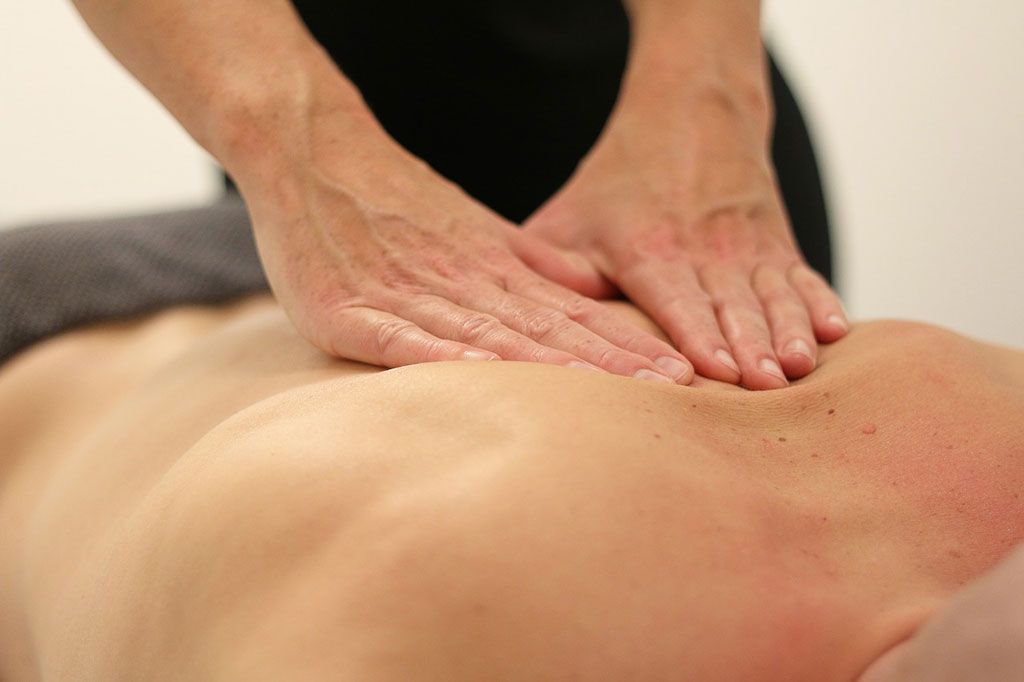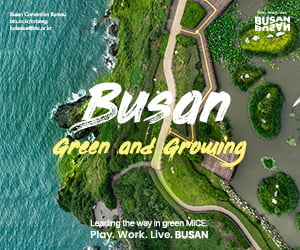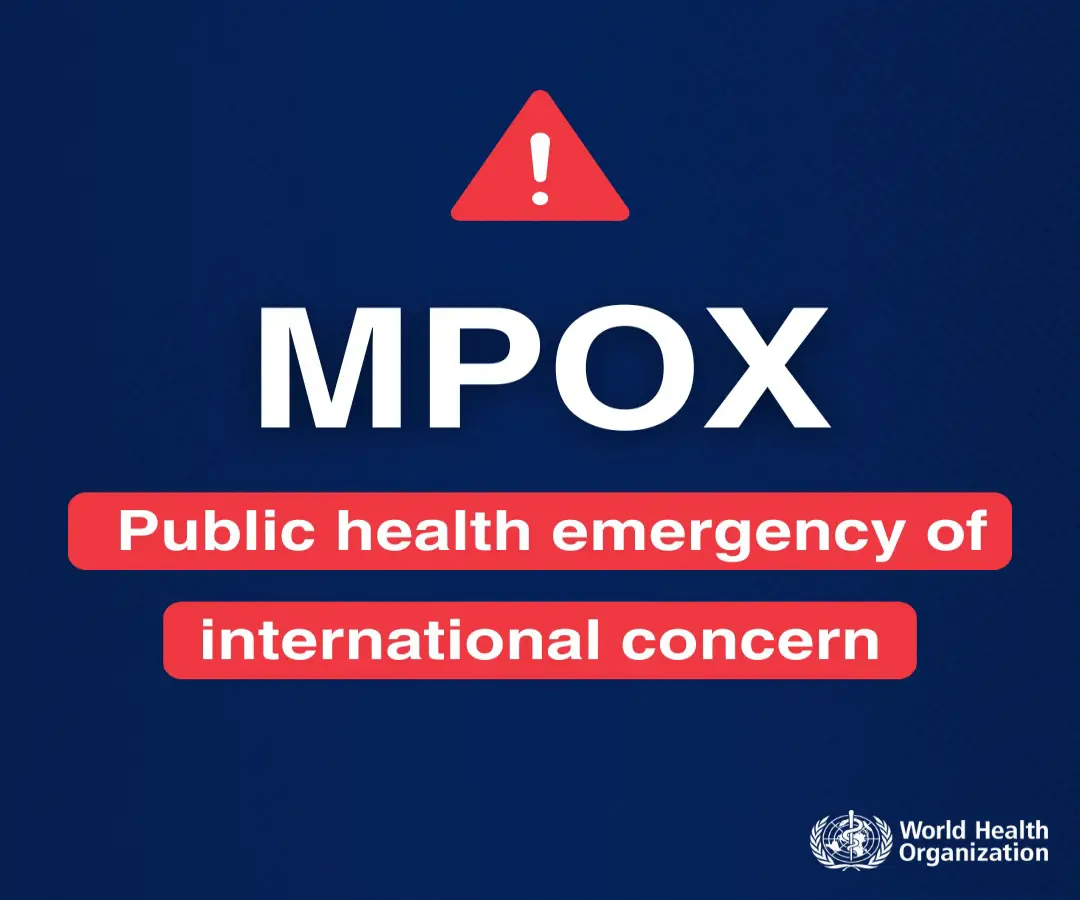A new study reveals the spa experience through the lens of spa-goers by diving into their behaviors, preferences and experiences, with particular attention paid to both the role of the service provider and the use of technology within the spa.
Findings from the International SPA Association (ISPA) Foundation Consumer Snapshot Initiative show that when looking to book appointments, traditional methods are still favored over modern appointment-making methods such as booking online or through social media. Nearly half (44 percent) still preferred to book over the phone; intriguingly, there were almost no differences demonstrated between generations despite the tech-centric reputation of Millennials and Generation Z.
Service providers continue to play a pivotal role within the spa as they educate and advise spa-goers on a range of topics such as product suggestions, health care ideas and the benefits of spa-going. When choosing the gender of a service provider, almost half (47 percent) of spa-goers had no preference whatsoever.
Even as spa menus grow, human touch remains at the core of the spa-going experience: massage still ranks as the most frequently booked spa treatment, with over two thirds of spa-goers stating they had received a massage in the last year. When asked what words they most associated with spa, ‘stress-reducing’, ‘refreshing’ and ‘pampered’ were the top three chosen by those surveyed.
Across all generations, spas are viewed as a place to seek relaxation, which is why it is crucial that all spa-goers feel comfortable and welcome while visiting a spa. Overwhelmingly, spa-goers agreed that they felt comfortable during their spa experience and that the staff acted professionally.
“Providing customers with exceptional customer service and quality experiences are why spa-goers continue to visit spas in record numbers,” said ISPA President Lynne McNees. “ISPA’s newest research provides our members with quantitative data on the real-life attitudes and opinions of spa-goers, allowing them to make informed business decisions surrounding their spa’s guest experience.”
“A key aspect of this research is that it focuses on the view of actual spa-goers of all ages across the U.S.,” said Colin McIlheney, global research director at PricewaterhouseCoopers. “One of the stand-out benefits is the crucial consumer insights around the role the spas can play in the digital detox lifestyle debate. In addition, the report provides a wealth of information for the spa industry on what spa-goers really want from each and every spa experience.”
The use of personal technology within the spa was also thoroughly evaluated, and the data shows that spas continue to be a refreshing oasis of separation from the digital world. Nearly three quarters of spa-goers reported being able to use their phones in the reception or open areas of the spa. However, they noted that other spa areas, like treatment rooms and pool areas, do have stricter policies in place. The data collected shows that spa-goers are more likely to see a technology ban as a positive rather than a negative, with twenty-eight percent stating it would make their spa visit more attractive.
The ninth edition of the ISPA Consumer Snapshot Initiative surveyed 1,000 U.S. spa-goers (defined as people who have visited a spa in the last twelve months) and captured responses across every state in the U.S. The complete research findings are available to ISPA members on experienceispa.com.















